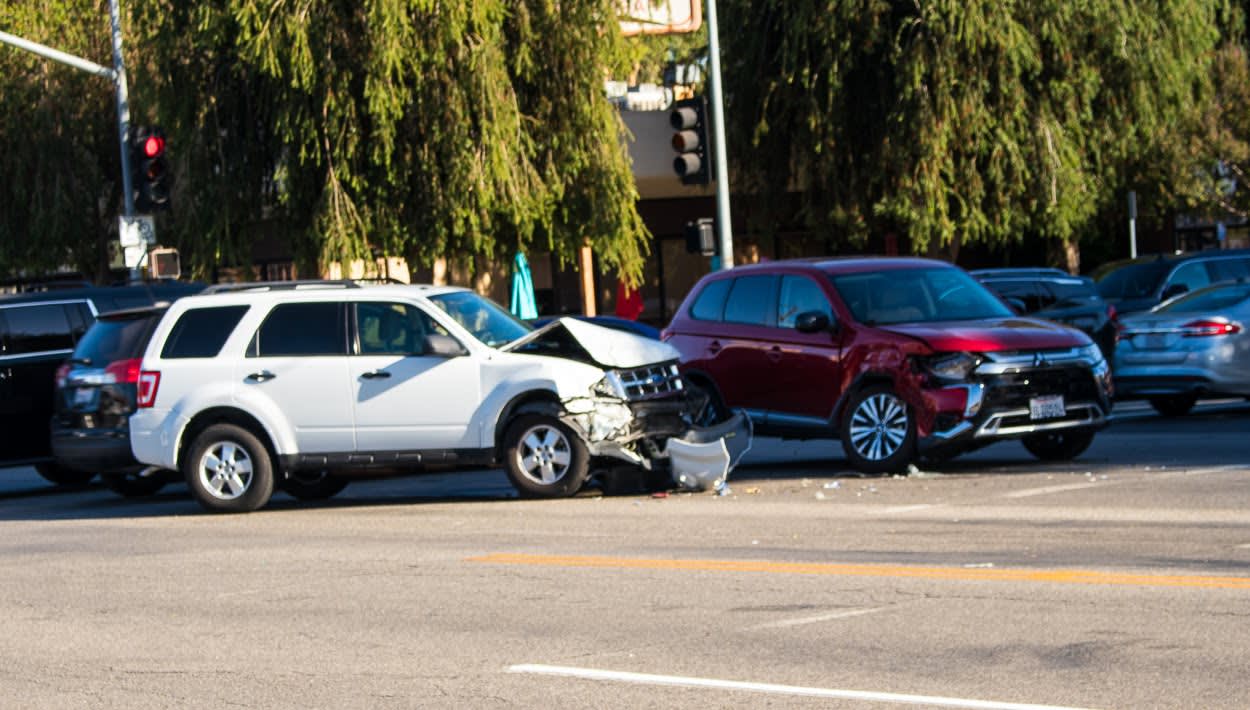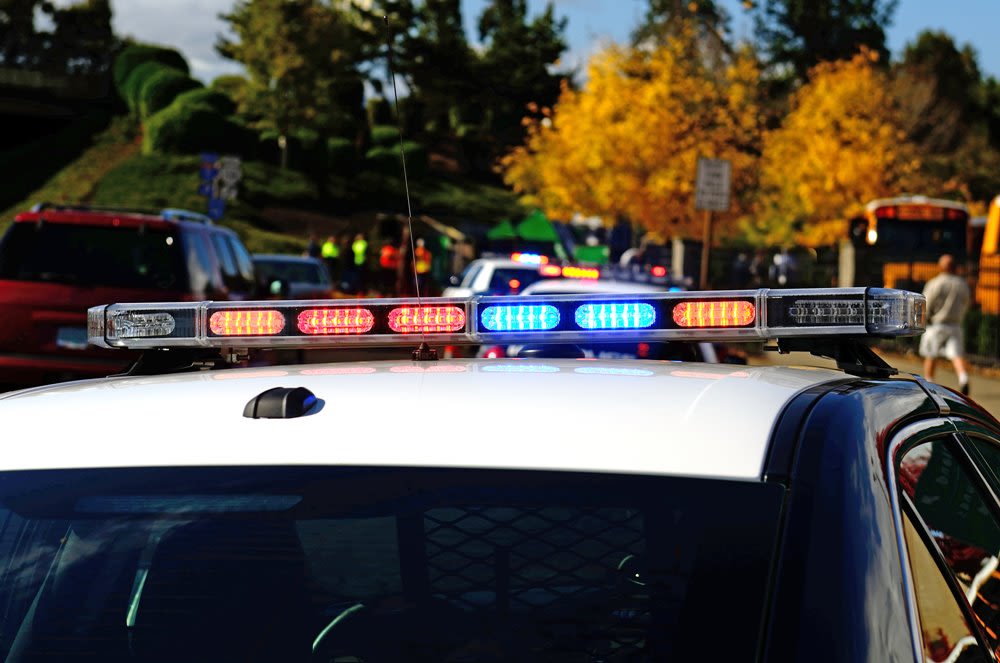
If you’ve been involved in a car accident in Illinois, determining fault can be crucial for your case, especially if you’re pursuing a personal injury claim.
Insurance companies rely on a variety of factors to determine who is at fault in a car accident, and their determination can have a major impact on the compensation you may receive for your injuries and damages.
Fault isn’t always straightforward, and many factors can influence how insurance companies assess responsibility for an accident. Whether you’re filing a claim for damages or dealing with another party’s insurance company, it’s essential to understand the process that insurers follow when determining fault.
At the Law Office of Jack M. Shapiro, P.C. in Buffalo Grove, Illinois, we’ve seen firsthand how fault plays a significant role in the outcome of insurance claims. Below, we’ll explore how insurance companies assess fault in Illinois car accident cases and what you can do to protect your rights.
What Is Fault in a Car Accident?
In the context of a car accident, fault refers to the party who is responsible for causing the accident. In Illinois, fault is a critical factor in determining liability for the damages resulting from the accident. The responsible party’s insurance company typically covers the costs associated with the accident, including medical bills, property damage, and other expenses related to the injury.
Illinois is a comparative fault state, which means that fault can be divided among the parties involved in the accident. For example, one driver may be 60% at fault, while the other driver is 40% at fault. In a personal injury case, this shared responsibility will be reflected in how damages are allocated.
It’s important to know that even if you’re partially at fault, you may still be able to recover compensation, though it will be reduced based on your percentage of fault.
How Do Insurance Companies Determine Fault?
Insurance companies use a combination of factors and evidence to determine fault in a car accident. Their goal is to determine which driver was negligent or responsible for causing the accident. Below are some of the primary methods used by insurance companies to establish fault in car accidents.
Police Reports
One of the most significant sources of information for insurance companies when determining fault is the police report. After an accident, law enforcement officers typically respond to the scene and create a report detailing the events surrounding the crash. The police report will often include:
Officer’s observations: The officer may note if one of the drivers appeared impaired, distracted, or was driving recklessly.
Witness statements: If there were any witnesses to the accident, the officer may have documented their statements.
Preliminary fault determination: Officers sometimes make a preliminary judgment about who was at fault based on the evidence available at the scene.
While a police report isn’t definitive in establishing fault, it’s a key piece of evidence used by insurance companies. However, it’s important to note that officers may not always be able to determine fault at the scene, especially in cases where the accident is complicated or there’s conflicting evidence.
Statements From Drivers and Witnesses
Statements from the drivers involved in the accident and any witnesses can also play a crucial role in determining fault. Insurance adjusters will often speak with the involved parties and witnesses to get a sense of what happened leading up to the accident.
Driver statements: Each driver’s account of the accident can reveal valuable information about their actions before, during, and after the crash. Insurance companies will look for inconsistencies or contradictions in the drivers' statements to help determine who is most likely at fault.
Witness statements: If there were any bystanders or passengers who saw the accident take place, their statements can be helpful. Independent witnesses who have no vested interest in the outcome are often considered highly credible.
Insurance companies will typically use these statements to cross-check the information provided by the drivers and corroborate the details of the accident.
Traffic Laws and Regulations
Insurance companies will review the specific traffic laws that may have been violated by one of the drivers. Violating traffic laws, such as running a red light, failing to yield, or driving under the influence of alcohol, is often a strong indicator of fault.
Traffic violations: If one of the drivers is found to have violated a traffic law, such as speeding or running a red light, it’s likely that they’ll be deemed at fault for the accident.
Right of way: In cases where it’s unclear who had the right of way, insurance companies will look at the relevant traffic laws to determine which driver was responsible for yielding or stopping.
Evidence From the Scene
The physical evidence at the scene of the accident can provide valuable clues about who is at fault. This includes damage to the vehicles, skid marks, road conditions, and the location of the vehicles after the crash. Insurance companies will often work with accident reconstruction experts to analyze this evidence.
Vehicle damage: The extent and location of the damage to each vehicle can suggest the direction and speed of the vehicles at the time of the collision.
Skid marks and tire marks: Skid marks can indicate how hard one or both drivers braked before the accident. The length and location of these marks can provide knowledge of whether a driver was trying to avoid a collision.
Position of the vehicles: The final resting positions of the vehicles can also help determine how the accident unfolded. For example, if one vehicle is found to have been traveling in the wrong lane, this could indicate fault.
Surveillance Footage
Today, surveillance footage from nearby businesses or traffic cameras can be invaluable in determining fault in a car accident. If a camera was present at the scene, insurance companies may request access to the footage to get a clear view of what happened before and after the accident.
Traffic cameras: Some intersections are equipped with cameras that capture the movements of vehicles. This footage can show if one driver ran a red light or engaged in other dangerous behavior.
Dashcam footage: If either driver had a dashcam recording at the time of the accident, this can provide a firsthand account of the events leading up to the crash.
Expert Opinions
In some cases, especially when the fault is disputed, insurance companies may turn to expert witnesses to help assess the situation. Accident reconstruction experts and other specialists can provide knowledge about how the accident occurred and who is most likely responsible.
Accident reconstruction: These experts can recreate the accident based on physical evidence and analysis of the vehicles’ movements. Their conclusions can be instrumental in determining fault.
Medical experts: If the accident involves personal injury, medical experts may be called upon to evaluate the severity of the injuries and determine if they were consistent with the circumstances of the crash.
Impact of Fault Determination on Your Personal Injury Case
In Illinois, the determination of fault can have a significant impact on your personal injury case. Illinois operates under a comparative fault system, which means that fault can be divided between the parties involved in the accident. Here’s how this affects your case:
If you’re found to be partially at fault: You may still be able to recover damages, but your compensation will be reduced based on your percentage of fault. For example, if you’re found to be 30% at fault, your damages will be reduced by 30%.
If the other driver is found to be at fault: If the other driver is determined to be fully or primarily at fault, you can pursue compensation for your injuries and property damage. This can include medical bills, lost wages, pain and suffering, and more.
Having accurate evidence and documentation to support your case can be critical in making sure that the fault determination is fair.
Contact Us Today
If you’ve been involved in a car accident in Illinois and are seeking help with your personal injury claim, we’re here to help. We proudly serve Arlington Heights, DuPage County, Lake County, Mount Prospect, Palatine, Vernon Hills, Mundelein, Cook County, Hoffman Estates, McHenry County, Northbrook, Schaumburg, and Wheeling. Reach out to us at the Law Office of Jack M. Shapiro, P.C. today to discuss your case with our experienced personal injury attorney.



